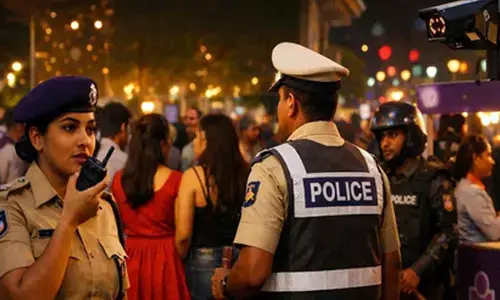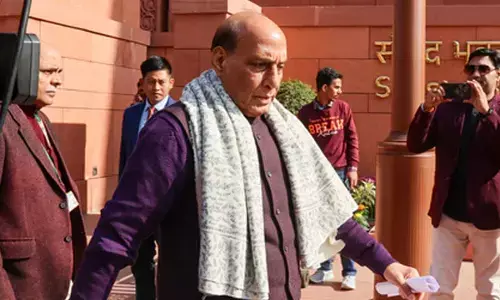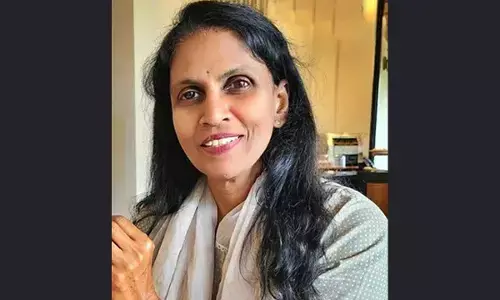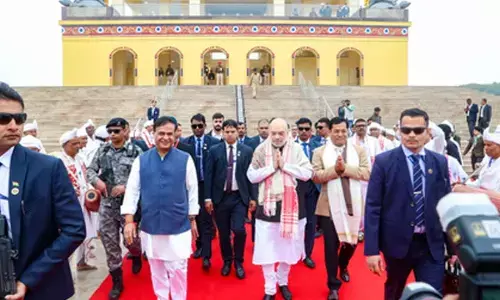Exploring Maheshwar
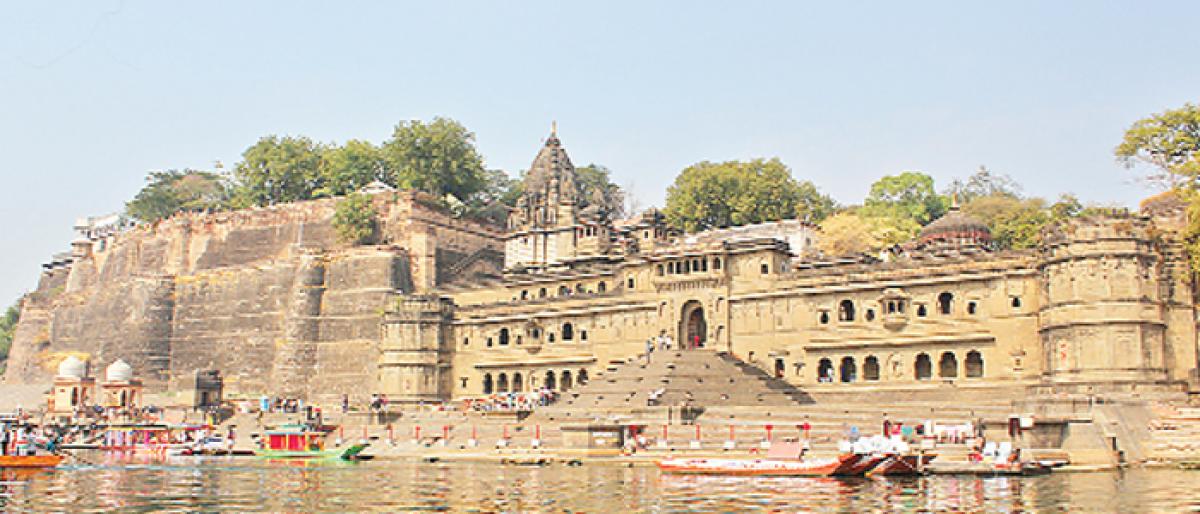
After a few days in Bhopal, and before visiting Gwalior, we headed to Maheshwar. It\'s the kind of place, which to use a cliché, has a little of everything—shopping, spirituality, and history. Our first stop was the 16th century-monument, Holkar Fort—this is also known as the Queen\'s Fort or Ahilyabai Fort and actually, the latter name is more popular.
After a few days in Bhopal, and before visiting Gwalior, we headed to Maheshwar. It's the kind of place, which to use a cliché, has a little of everything—shopping, spirituality, and history. Our first stop was the 16th century-monument, Holkar Fort—this is also known as the Queen's Fort or Ahilyabai Fort and actually, the latter name is more popular.
It was also the name which the guide used throughout the tour. It represents Maratha architecture and was once the grand palace of Rani Ahilyabai Holkar with luxurious interiors. She had used this fort as her administrative headquarters during her reign. Of course, now it has been converted into a hotel being managed by the descendants of the last Maharaja of Indore.
Here, there is a weaver's cooperative society, which preserves and supports ethnic weaving traditions and artisans. It is architecturally impressive but it was closed when we were there so we contented ourselves with a few pictures of the exteriors.
Rani Ahilyabai has been extolled in history books as a brave woman, able administrator and philanthropist. And here in Maheshwar, she has been deified. The residents of this town consider her a benevolent goddess, who watches over her people with love and concern. At Rajwada, one can see a large statue of Rani Ahilyabai and we saw locals and visitors from nearby areas kneeling—and some even prostrating—reverentially before it!
A few kilometre from Maheshwar is the town of Mandleshwar said to have been founded by the great scholar Mandana Mishra which we did not have time to visit. This town was used by the British for military purposes during the 19th century.
It was time for shopping and we headed to the weavers quarters where the famous Maheshwari sarees are made. In recent years, the product range has expanded to include dress materials, stand-alone dupattas, stoles and so on. The clackety-clack of looms greeted us and we were taken through the various steps of weaving the cotton, silk and cotton mix sarees.
These sarees are known vibrant colours, impressive designs, a glossy finish, and neatly demarcated borders and “pallus” filled with zari. Above all, they are amazingly lightweight. The “chameli ka phool” (jasmine flower) and “chattai” (cot) pattern are popular designs. We then picked up some local specialities like Lavang Lata and Kulsi, we returned to our rooms.
We later visited the Narmada Ghat. The Narmada river is very important to the state—economically, socially and from the religious point of view. The Narmada Ghat is visited by tourists for its scenic views and also for the boating activities, Besides there are big temples here. The Jwaleshwar aka Jaleshwar Mahadev temple is a sprawling temple located on the hilltop here. The deity here is Shiva and even if you are not a believer, this place is worth a visit, for its architecture and the great views of the ghat, the river and surroundings.
There is a small temple, also to Shiva, called Janeshwar Mahadev temple, in the middle of the river on an island, atop a rock. The guide claimed that an invisible heavenly line drawn from the North Star passes through this temple.
By: Aruna Chandaraju





